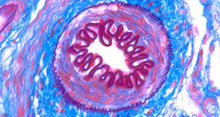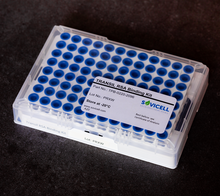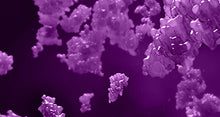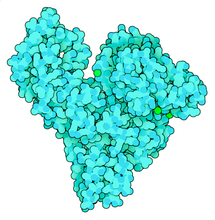The TRANSIL RSA Binding Kit estimates the binding of drugs to rat serum albumin (RSA) and predicts the plasma protein binding. The assay kit measures the affinity constant (KD) of drugs to albumin and hence allows the calculation of albumin binding even under disease and physiological states that alter the albumin content of human serum. Internal quality controls provide easy assessment of recovery, experiment and data quality.
The kit consists of ready-to-use 96 well microtiter plates. One plate can be used for measuring HSA binding of up to 12 compounds. The assay requires only 5 steps: (i) addition of drug candidate, (ii) mixing and incubation for 12 minutes, (iii) removal of beads by centrifugation, (iv) sampling of supernatant, and (v) quantification of drug candidate.








